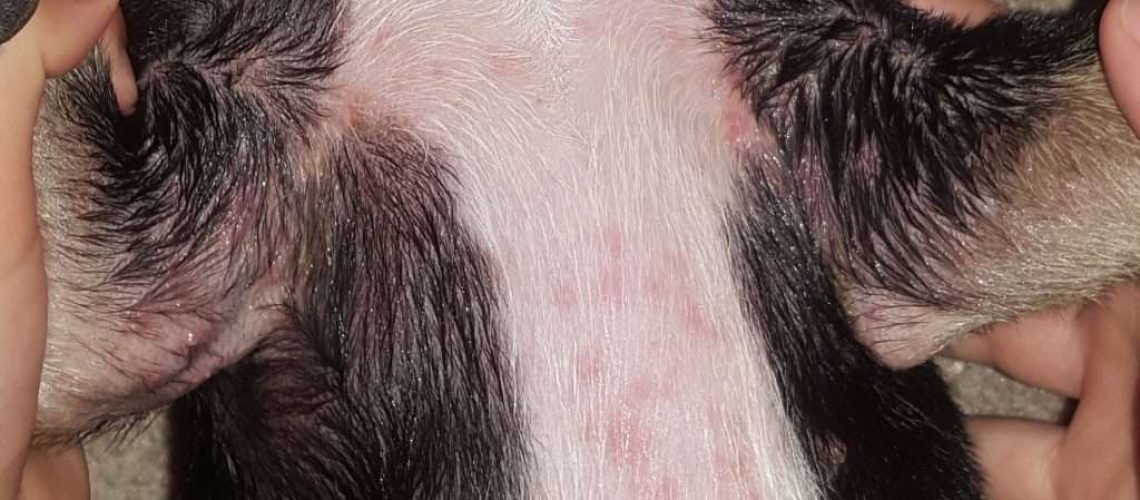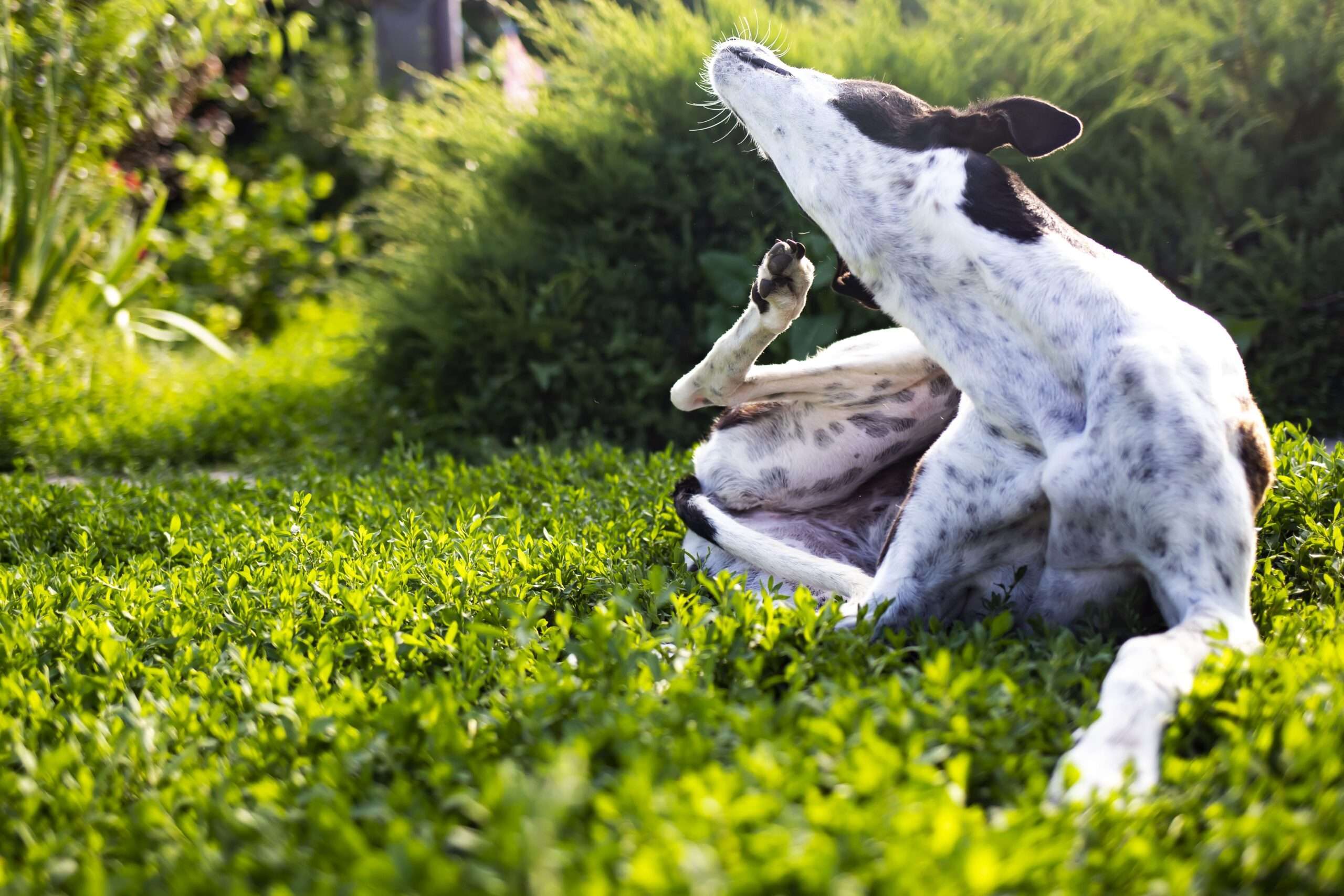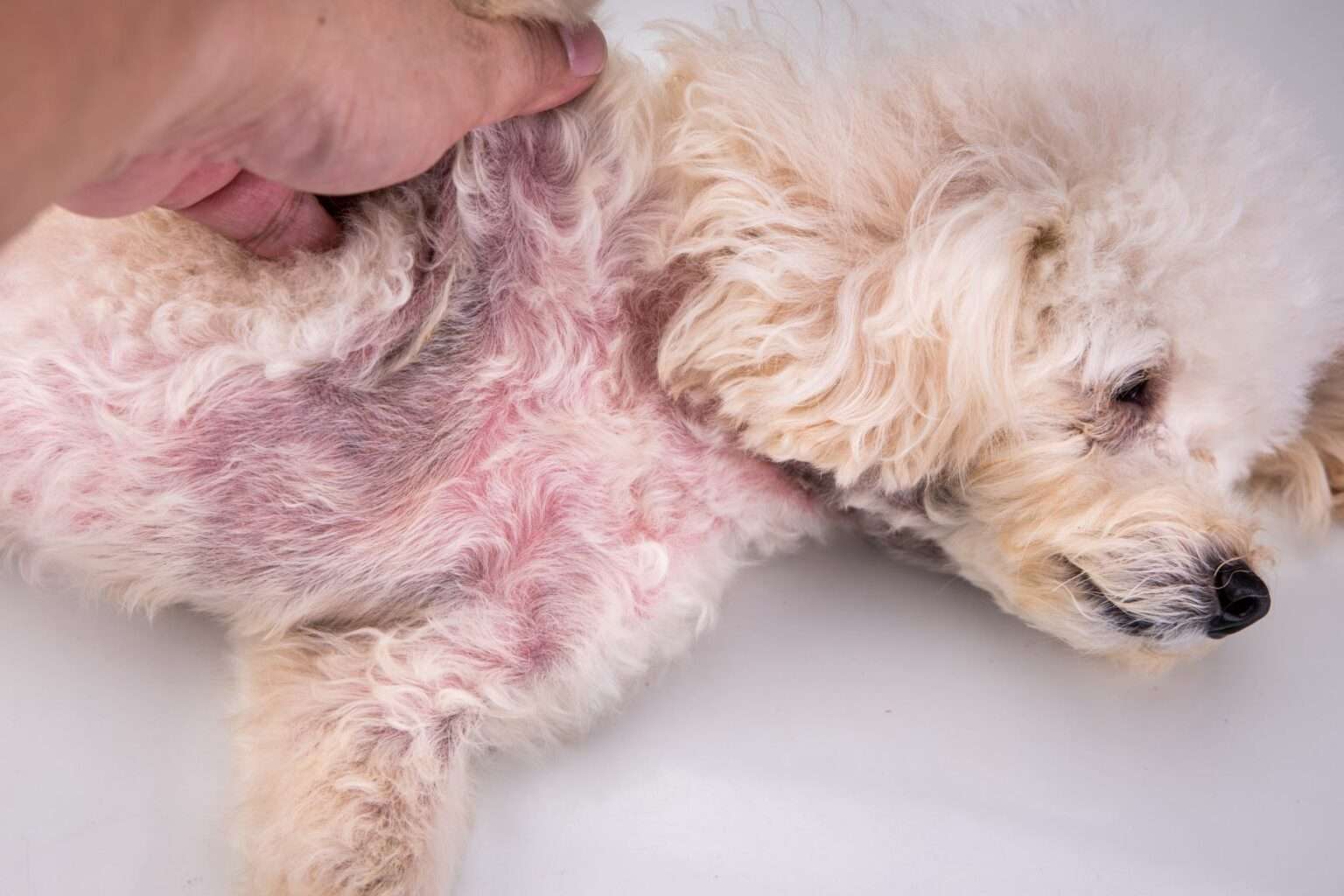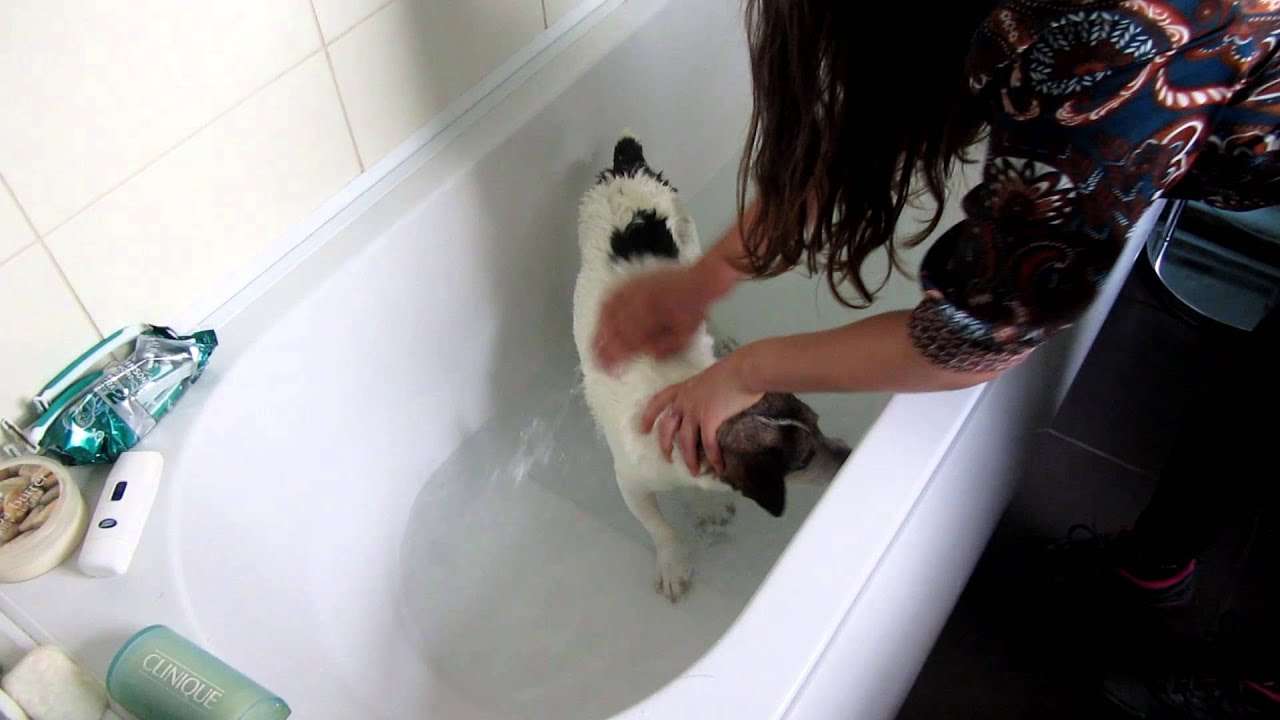Key Takeaways:
- Promptly identify and remove any poison ivy, oak, or sumac plants from your pet's environment to prevent further exposure.
- Keep your pet away from areas where poison ivy, oak, or sumac is prevalent, such as wooded areas or overgrown landscapes.
- If your pet comes into contact with these plants, immediately wash their fur and skin thoroughly with pet-friendly soap and water.
- Consult a veterinarian if you notice any signs of irritation or an allergic reaction in your pet after potential exposure to poison ivy, oak, or sumac.
- Prevent future encounters by regularly grooming your pet's fur and checking for any signs of plant residue that may have been transferred onto them during walks or outdoor activities.
Are you a pet owner who loves exploring the great outdoors with your furry companion? If so, then understanding how to protect your pets from the dangers of poison ivy, oak, and sumac is essential. These plants may seem harmless, but they can cause severe allergic reactions in both humans and animals. In fact, did you know that approximately 15% of people are highly allergic to poison ivy? And while there aren't specific statistics for pets, it's safe to assume that our four-legged friends are just as susceptible. But fear not! In this article, we will delve into the world of poison ivy, oak, and sumac and learn how to keep our beloved pets safe from their itchy grasp. So grab a pen and paper because by the end of this read, you'll be armed with all the knowledge you need to protect your furry friends from these pesky plants.
What are poison ivy, oak, and sumac?
Poison ivy, poison oak, and poison sumac are plants that can cause an itchy rash when they come into contact with your skin or your pet's fur. They contain a substance called urushiol, which is what causes the allergic reaction. These plants are found in many parts of the United States and can grow in various habitats such as forests, fields, and even in your own backyard.
Poison ivy has three leaflets on each stem and can grow as a vine or a shrub. Poison oak looks similar to poison ivy but has leaves that resemble the shape of an oak leaf. It also has three leaflets on each stem. Poison sumac is a tall shrub or small tree with clusters of leaves that have smooth edges and pointy tips.
Types of poisonous plants:
- Poison Ivy
- Poison Oak
- Poison Sumac
Key Features:
- Poison Ivy: Three leaflets per stem, can grow as a vine or shrub.
- Poison Oak: Leaves resemble the shape of an oak leaf, three leaflets per stem.
- Poison Sumac: Tall shrub or small tree with clusters of smooth-edged leaves.

Identifying poison ivy, oak, and sumac
It's important to be able to recognize these harmful plants to avoid coming into contact with them. Poison ivy, oak, and sumac have distinctive characteristics that can help you identify them.
Poison ivy has three leaflets on each stem, with the middle leaflet having a longer stem than the other two. The edges of the leaves can be smooth or toothed. The color of the leaves can vary depending on the season, ranging from green in spring and summer to red or orange in autumn.
Poison oak also has three leaflets per stem, but its leaves resemble the shape of an oak leaf. They can be lobed or toothed, with rounded edges. The color of the leaves can range from green to red or yellow.
Poison sumac is different from poison ivy and oak because it has clusters of leaves instead of individual leaflets. The leaves have smooth edges and pointy tips. They are arranged in pairs along a central stem, with each pair alternating in direction.
Identifying Poison Ivy:
- Three leaflets per stem
- Middle leaflet has a longer stem
- Leaves can be smooth or toothed
- Color varies depending on season
Identifying Poison Oak:
- Three leaflets per stem
- Leaves resemble the shape of an oak leaf
- Lobed or toothed leaves with rounded edges
- Color ranges from green to red or yellow
Identifying Poison Sumac:
- Clusters of leaves instead of individual leaflets
- Smooth-edged leaves with pointy tips
- Arranged in pairs along a central stem, alternating in direction

Symptoms of pet contact with poison ivy, oak, and sumac
Pets can have a similar reaction to humans when they come into contact with poison ivy, oak, or sumac. The most common symptoms include redness, itching, and swelling of the affected area. Pets may also develop small blisters or bumps on their skin. In some cases, pets may experience more severe symptoms such as difficulty breathing or excessive drooling. It's important to keep an eye out for any changes in your pet's behavior or appearance after they have been near these plants.
Redness, itching, and swelling
One of the first signs that your pet may have come into contact with poison ivy, oak, or sumac is redness, itching, and swelling around the affected area. This can be particularly noticeable on areas of exposed skin such as the belly or paws. If you notice your pet scratching or licking at a specific spot more than usual, it could be a sign that they have been exposed to these plants.
Blisters and bumps
In addition to redness and itching, pets may also develop small blisters or bumps on their skin after coming into contact with poison ivy, oak, or sumac. These blisters are usually filled with fluid and can be quite uncomfortable for your furry friend. It's important not to pop these blisters as it can lead to infection. Instead, consult your veterinarian for proper treatment options.
Severe symptoms
While most cases of pet exposure to poison ivy, oak, or sumac result in mild symptoms like redness and itching, there are rare instances where pets may experience more severe reactions. These can include difficulty breathing, excessive drooling, or even vomiting. If you notice any of these symptoms in your pet after they have been near these plants, it's crucial to seek immediate veterinary care as it may indicate a more serious allergic reaction.
Precautions for walking pets near these plants
Taking precautions when walking your pet near poison ivy, oak, or sumac can help prevent them from coming into contact with these plants and experiencing uncomfortable symptoms. Here are some tips to keep in mind:
Stay on designated paths
When walking your pet, try to stick to designated paths or trails where the presence of these plants is less likely. Avoid venturing into overgrown areas or wooded sections where poison ivy, oak, or sumac may be more prevalent.
Keep your pet on a leash
Keeping your pet on a leash during walks can help you maintain control and prevent them from exploring areas where these plants may be present. This will also allow you to steer clear of any suspicious-looking vegetation that could potentially cause harm.
Learn to identify the plants
Educating yourself about the appearance of poison ivy, oak, and sumac is essential for avoiding contact. These plants have distinct characteristics such as three-leaf clusters and serrated edges on their leaves. Familiarize yourself with images and descriptions of these plants so that you can easily recognize and avoid them while walking your pet.
Removing poison ivy, oak, and sumac oils from a pet's fur or skin
If you suspect that your pet has come into contact with poison ivy, oak, or sumac, it's important to take immediate action to remove the oils from their fur or skin. Here's what you can do:
Wear protective gloves
Before handling your pet or attempting to remove any oils from their fur or skin, make sure to wear protective gloves. This will prevent the oils from coming into contact with your own skin and causing a reaction.
Use pet-friendly cleansers
Gently wash your pet with a pet-friendly cleanser or mild soap to remove the oils. Be sure to thoroughly rinse their fur and skin to ensure all traces of the oils are removed. Avoid using harsh chemicals or human-specific products, as they may be too strong for your pet's sensitive skin.
Consult your veterinarian
If you're unsure about how to properly remove the oils or if your pet is experiencing severe symptoms, it's best to consult your veterinarian. They can provide guidance on the appropriate steps to take and may recommend specific products or treatments tailored to your pet's needs.
Natural remedies and products for soothing discomfort from exposure
If your pet has been exposed to poison ivy, oak, or sumac and is experiencing discomfort, there are natural remedies and products that can help alleviate their symptoms. Here are some options:
Aloe vera gel
Aloe vera gel can provide soothing relief for irritated skin caused by exposure to these plants. Apply a thin layer of pure aloe vera gel directly onto the affected area of your pet's skin. This can help reduce redness, itching, and inflammation.
Oatmeal baths
Oatmeal baths can help relieve itching and soothe irritated skin. You can find specially formulated oatmeal shampoos or make a DIY oatmeal bath by grinding plain oatmeal into a fine powder and mixing it with warm water. Gently bathe your pet in this mixture for around 10 minutes before rinsing thoroughly.
Calendula cream
Calendula cream, derived from marigold flowers, has anti-inflammatory properties that can help reduce itching and promote healing. Apply a small amount of calendula cream onto the affected area of your pet's skin, following the product instructions for proper usage.
Remember, while these natural remedies can provide relief, it's important to consult your veterinarian before using any new products on your pet. They can offer personalized advice and ensure that the chosen remedies are safe and suitable for your furry friend.
In conclusion, it is important to keep our pets safe from poison ivy, oak, and sumac. By being aware of the plants and taking preventative measures such as avoiding contact and washing our pets after outdoor activities, we can ensure their well-being and prevent any potential harm.
How do you get rid of poison ivy on dogs fur?
If you believe your dog has come into contact with poison ivy, it is recommended to use Tecnu Detox Wipes right away. These wipes can also be used before your dog comes inside after a walk. Additionally, you can use Tecnu Original Outdoor Skin Cleanser to wash your dog.
Does poison ivy oak and sumac affect dogs?
While most allergic reactions in dogs caused by poison ivy, poison oak, or poison sumac are mild, there can be severe reactions such as life-threatening anaphylactic shock, blistering and scabbing, and excessive biting or scratching. These serious reactions necessitate veterinary attention.
How do you treat poison ivy or poison oak on a dog?
If a dog has open wounds from scratching the rash, the veterinarian may recommend using an e-collar and prescribing oral antibiotics to prevent skin infections. Dogs that show symptoms of consuming poison ivy may be administered activated charcoal to reduce the absorption of urushiol through the stomach lining.
How do you get poison ivy off a cat's fur?
You can also choose to wash your pets with pet shampoo or Dawn dishwashing liquid whenever they come indoors. If your cats do not tolerate this, you can use pet wipes or gradually introduce them to living indoors. Some people opt to wipe their pets with Tecnu to remove the urushiol and then shampoo them to remove the Tecnu. This can be done on September 6, 2021.
How long does poison oak stay on a dog?
Itching is a symptom of irritation caused by poison oak or ivy, but it is also a natural part of the body's healing process for the skin. As long as excessive scratching is avoided, the skin will typically heal on its own within a period of one to three weeks. For further information on poison oak and how to assist your dog, refer to the article on Poison Oak Poisoning in Dogs.
Can I put calamine lotion on my dog?
Calamine lotion, often used for treating poison ivy or bug bites, should not be used on pets. This is because calamine products typically contain zinc oxide, which can cause gastrointestinal issues in dogs and cats. Ingesting zinc oxide can also impact red blood cells and lead to anemia.

















